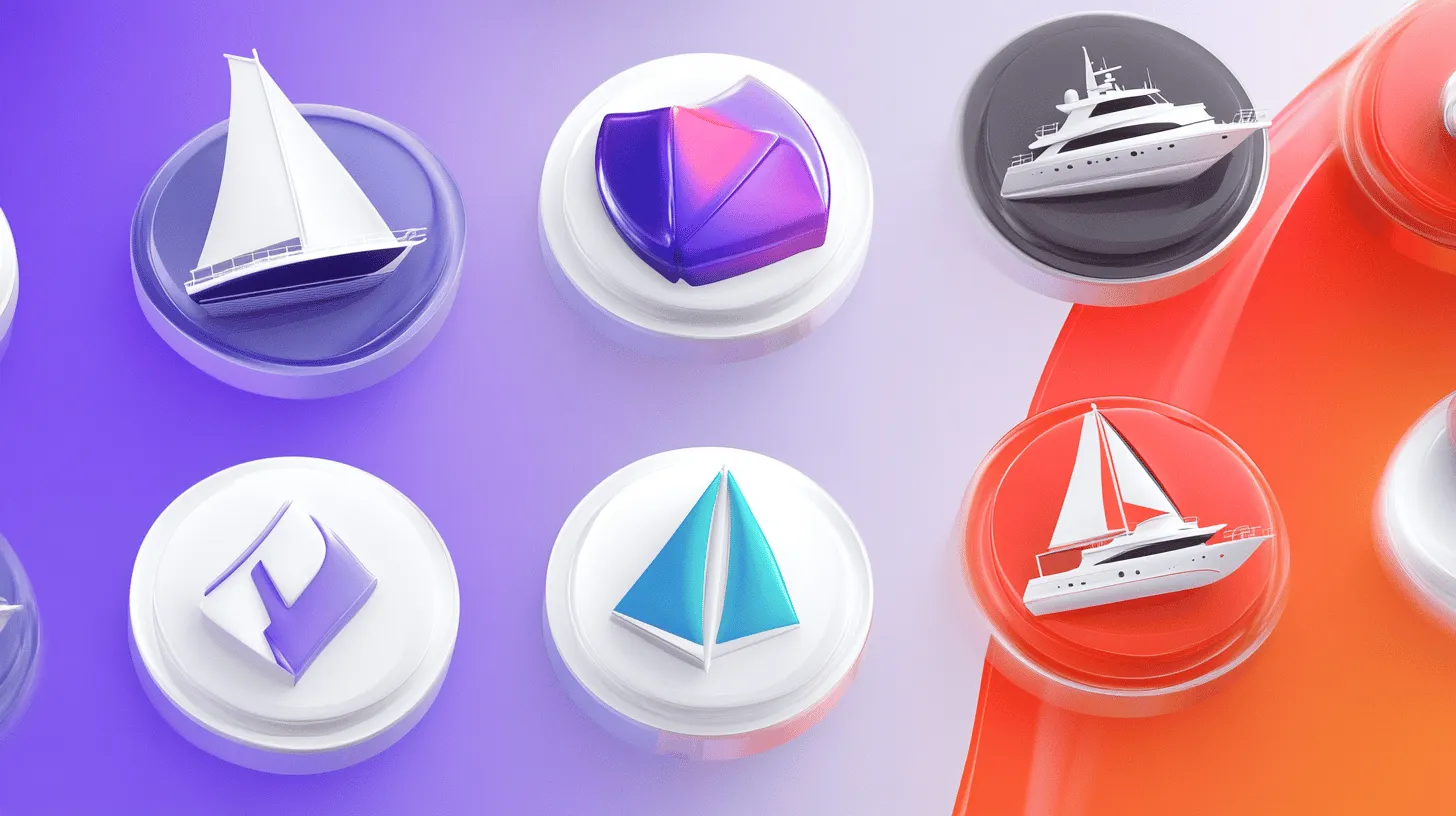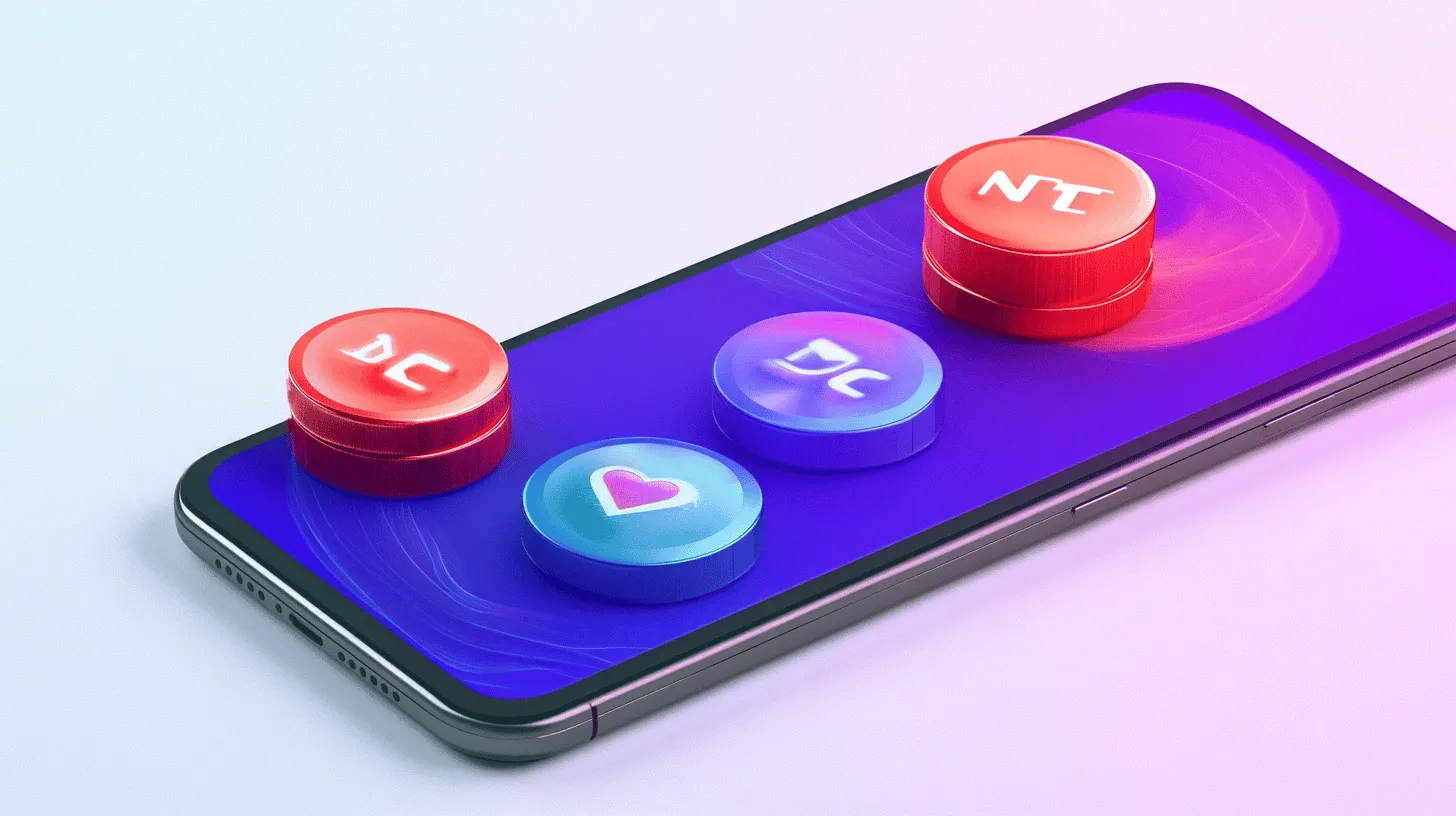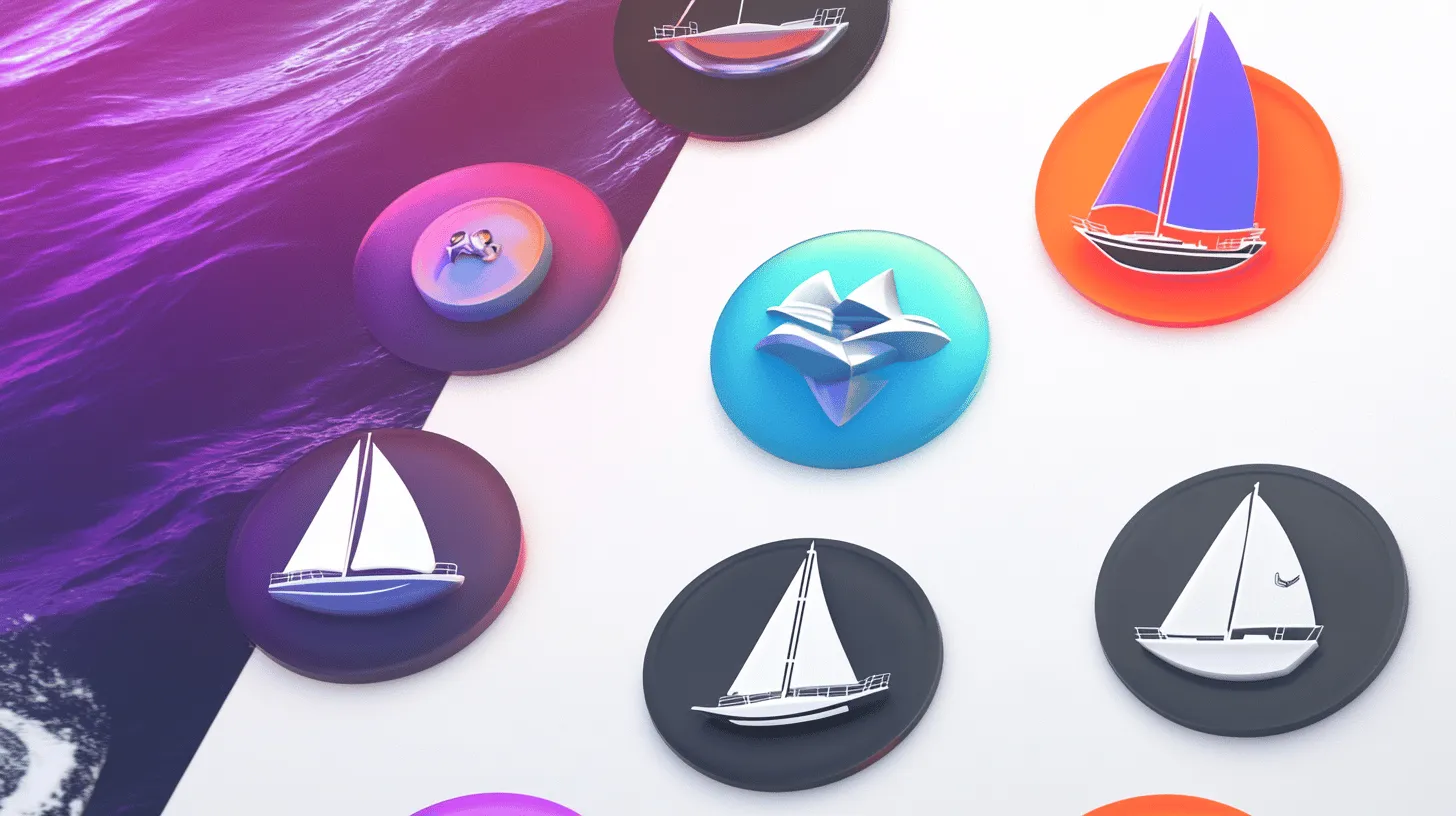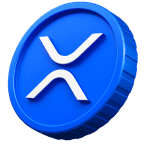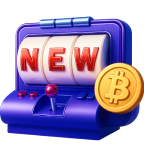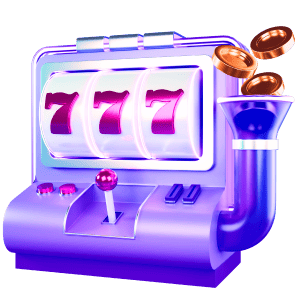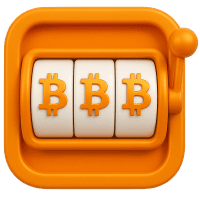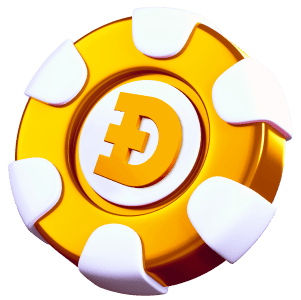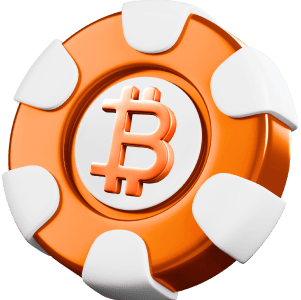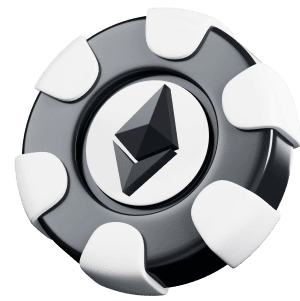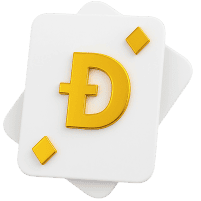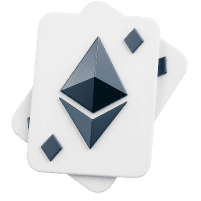The range of applications of crypto NFT continues to grow, arousing great interest among novice investors. This is especially noticeable against the background of news about sales of digital paintings and collectibles for millions of dollars. Yes, such events are rare, but they are the ones that draw everyone’s attention to the NFT token. Nevertheless, understanding the basics of the technology and options for its use is useful for everyone.
Our editorial team will tell you about the importance of NFTs. This beginners’ guide provides detailed information: from the principle of non fungible token operation to ways of making money on NFT technology. We will also talk about what does NFT stand for and the industry’s prospects.
What is an NFT
Blockchain NFTs are digital assets that contain unique identifying information stored in smart contracts. It is this information that makes each NFT unique, and they cannot be substituted for each other. Unlike traditional money, which can be freely exchanged for similar bills, NFT currency is unique and irreplaceable.
Bitcoin vs NFT
Bitcoin is an interchangeable token. When sending or receiving bitcoins, you are always dealing with equivalent units. Even if you split a bitcoin into smaller pieces (satoshis), they remain interchangeable. In contrast, crypto NFTs are indivisible and unique, like concert tickets: each unit is an independent object with its own value.
Experimentation with fractionalized NFTs
While most NFTs are indivisible, some investors have begun experimenting with fractionated NFTs by trying to split them into shares. However, attempts to divide full form NFTs are in a legal gray area and can lead to problems.
NFT History. CryptoKitties
CryptoKitties are some of the first money NFTs created on the Ethereum blockchain. Each digital kitty is unique, and even if you exchange one kitty for another, they will remain different. The unique information about each NFT is stored in a smart contract and recorded on the blockchain. This makes each NFT collection unique.
NFTs represent a new class of digital assets that are changing the way we think about ownership and value. Their uniqueness and immutability open the door to new forms of creativity, NFT business and collecting.
What makes NFTs special
NFTs explained simply are digital assets that stand out for their uniqueness. Each NFT and blockchain is linked to a specific object, be it digital art or a physical object. This means that NFT ownership is proof of your rights to that object. It can be pictures, tickets, real estate, or a share in the value of a stock.
Unlike regular tokens such as bitcoin or ether, which are fungible (e.g. one coin equals another), non-fungible tokens remain forever. Each NFT unit has its own characteristics and value, making them irreplaceable.
For example, imagine you buy a painting by a famous artist. It is unique, and no one else can possess an exact copy. It’s the same with NFTs: they confirm your exclusive ownership of a particular asset.
NFTs are characterized by their uniqueness and ability to confirm ownership of digital and physical objects. This makes them incredibly valuable in a world where exclusivity and authenticity are important.
What are NFTs used for
Digital NFT finds applications in a variety of fields, and their number is growing. Let’s take a look at a few applications of NFT products.
Gaming NFT industry
Blockchain-based games such as Axie Infinity use NFT to prove ownership of in-game assets. Players can buy, sell, and exchange these assets in domestic and foreign markets.
Metavillages
Decentraland, Sandbox, and Cryptovoxels offer virtual land that becomes increasingly valuable as demand grows. Metavillages serve as platforms for advertising, exhibitions and social interaction.
Brands and fashion
Popular brands such as Dolce & Gabbana and Auroboros are using NFT to monetize and authenticate products. Augmented reality technologies add to the experience of owning branded items.
Decentralized Finance (DeFi)
Services allow NFT transactions to be used as collateral for cryptocurrency loans. The ability to buy the token back creates new financial opportunities.
Tickets and discounts
NFTs can be used to sell tickets to events, giving holders additional perks such as exclusive access or free treats.
Social media and subscribers
Rewarding subscribers and fans with NFTs is a new form of online interaction. Tokens can take into account reputation, trustworthiness and quality of content.
Digitalization of property rights
ENS (domain names in Ethereum) and social media accounts can be represented as NFTs, confirming digital ownership.
Medicine and healthcare
NFTs can protect the privacy of medical records and track drug supply chains, providing security and transparency.
The future of digitalization
From medicine to the complete digitization of the physical world, NFTs continue to find new uses, transforming various industries. NFT marketplaces offer unique opportunities for digital ownership, monetization, and collaboration. Their potential continues to grow, and we will see even more innovative applications of this technology in the future.
How to create your own NFT: a step-by-step guide
Creating your own NFT token on the blockchain is available to anyone, but it’s important to consider the transaction costs. The process of placing a token on the blockchain requires payment of a fee, which can vary depending on the network chosen. For example, on Ethereum, commissions can be high, especially for beginners. Let’s show you how to learn NFT.
Step 1: Choose a platform
There are many platforms for creating NFTs, such as OpenSea, Rarible, and Binance NFTs. Each has different features such as commissions, royalties, and supported file types. Explore each platform to choose the most suitable one for your needs.
Step 2: Prepare your digital wallet
To get started with most platforms, you’ll need a web3 wallet such as Metamask, MathWallet, or Trust Wallet. If you’re using a centralized platform like Binance NFT, it’s enough to register a regular account.
Step 3: Create an NFT
- File selection. Decide on the digital asset you want to turn into an NFT. It can be an image, animation, video or audio file. The file size is usually limited (up to 100 MB).
- Copyright Check. Make sure you own the rights to the content you create to avoid legal issues.
- Blockchain choice. Ethereum is a popular choice, but if you want to keep costs down, consider alternatives such as Binance Smart Chain or Tezos.
Step 4: Customize your sale
Once you’ve downloaded the file, customize the sale settings of your NFT. You can set a fixed price or use an auction system. Don’t forget to specify the royalty – the percentage you will receive from each subsequent sale of your asset.
Tips and cautions
- Consider commissions. The price of your NFT should at least cover network commissions to avoid losses.
- Keep an eye on the load capacity of the blockchain. Commissions can skyrocket during peak load periods.
- Check the platform’s rules. Make sure your file complies with platform requirements to avoid rejections.
Creating NFTs for beginners is a simple and affordable process that opens up new opportunities for artists, content creators, and entrepreneurs. By following our guide, you can successfully release your first NFT and start your journey into the world of digital assets.
How to buy or sell an NFT: a step-by-step guide
Buying and selling NFTs is possible on the same platforms where they are created. To get started, you will need cryptocurrency in your wallet and a connection to a trading platform. Next, let’s talk about what is NFT trading.
NFT selling/buying options:
- Fixed price. The seller sets a specific price, which the buyer pays with cryptocurrency or, in some cases, with a bank card through third-party providers.
- Via auction. The seller sets a minimum bid and the duration of the auction. The buyer who offers the highest price by the time the auction ends receives the token. Some sites allow the seller to choose the best offer among all bids.
Selling process on OpenSea
Pay for purchases and receive funds through a connected wallet. Take into account transaction fees and service fees (usually 2-5% of the transaction).
The price is determined by the potential popularity and value of the token. If the value is expected to grow, you can slightly increase the starting price. The main thing is that it should cover the costs of minting the NFT.
Keep an eye on trends and demand for NFTs to set competitive prices. Buying and selling NFT is a simple process that is available to everyone. The key is to choose the right platform, set a reasonable price and consider all the associated costs.
Pros and cons of NFT
Pros:
- Copyright protection in a virtual environment. NFTs allow creators of digital works to unambiguously confirm their authorship and control the distribution of their creations.
- Additional income for creators. Authors can monetize their digital products by selling them as NFTs and earning revenue from initial and subsequent sales.
- Receiving royalties. Thanks to the royalty mechanism, NFT creators can receive payments on each subsequent sale of their token, creating a recurring source of income.
- New opportunities for brands. Brands can use NFT to attract a younger audience and position themselves as technologically advanced companies.
- Wide range of applications. NFTs are finding applications in art, business, gaming, and even household needs, offering new ways to interact with digital and physical objects.
Minuses:
- Lack of regulation. The legal framework regarding NFTs is still underdeveloped, leaving owners without full legal protection.
- Environmental concerns. The high energy consumption and large carbon footprint that characterize most blockchain networks raise environmental concerns.
- Speculation and fraud. The NFT market is prone to speculation, leading to sharp price fluctuations and a large number of fraudulent schemes.
- High Risks. Investing in NFTs is considered high-risk, as many projects turn out to be temporary HYIPs with no long-term value.
- NFTs offer many opportunities for authors, brands, and consumers, but also carry significant risks and downsides. It is important to carefully research each project and consider both its potential and potential pitfalls before making investment decisions.
Conclusion
NFTs have proven to be effective in authenticating the authenticity and ownership of various assets, enabling them to find applications in the arts, sports, and many other fields. The active integration of NFTs with traditional markets is opening up new business opportunities and expanding consumer markets.
However, NFTs face criticism due to the high energy costs, speculative nature and legal uncertainties associated with intellectual property. The level of fraud in the industry is also a concern. As with cryptocurrencies, investing in NFTs requires careful preparation and careful project research to minimize risks.
Before purchasing NFTs, it is important to do comprehensive research, check sources of information and remain vigilant.

